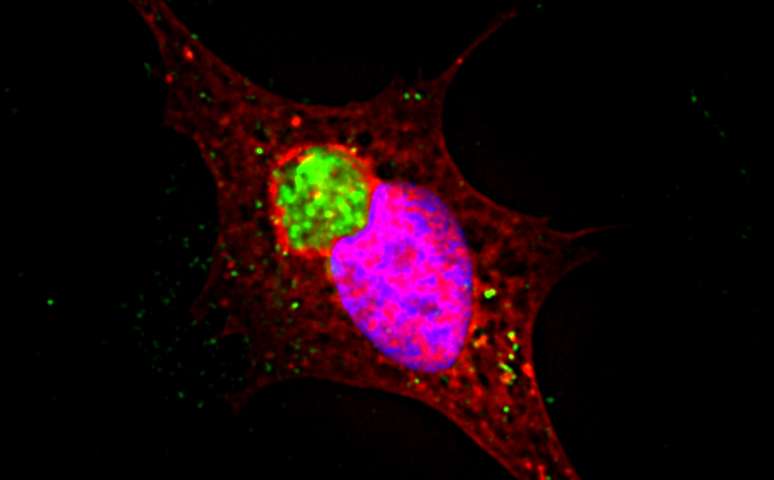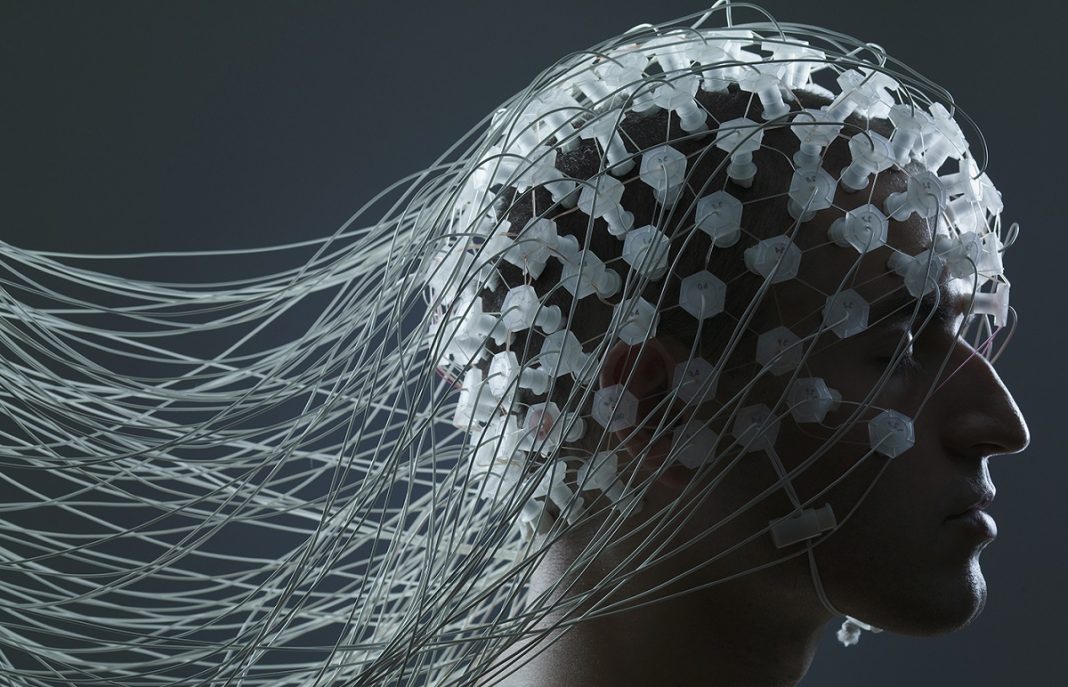It’s been discovered just Alzheimer’s, Parkinson’s and Huntingdon’s disease sufferers all share one common feature: the abnormal proteins found in them all share the same ability to cause significant damage to the brain. This information could explain why these patients and others suffering from different neurodegenerative diseases experience a disruption in their normal brain functions. It also suggests that one treatment aimed at a particular neurodegenerative disease may be effective on another under that same umbrella.
The study was conducted by senior author Edward Campbell, Ph.D., first author William Flavin, Ph.D., and colleges. Campbell commented, “A possible theory would involve boosting a brain cell’s ability to degrade a clump of proteins and damaged vesicles. If we could do this in one disease, it’s a good bet the therapy would be effective in the other two diseases.” Different diseases will affect different areas of the brain but all neurodegenerative diseases are caused by the death of neurons and other cells within the brain. In Alzheimer’s, tau implicates the disease, in Parkinson’s it’s alpha-synuclein and is huntingtin in Huntingdon’s.

As part of their research, the authors observed how once proteins got inside the cell, they enter the cell’s vesicles where they damage the membranes allowing the proteins to invade the cytoplasm and cause abnormalities and dysfunction. Although the cell responds quite well to an invasion by clumping the ruptured vesicles and proteins together for easier destroying, the proteins can still put up a fight. “The cell’s attempt to degrade the proteins is somewhat like a stomach trying to digest a clump of nails,” said Campbell.
The researchers were not expecting to find that protein clumps associated with the three diseases caused the same type of vesicle damage, and these results were surprising, to say the least. The study itself is entitled, “Endocytic vesicle rupture is a conserved mechanism of cellular invasion by amyloid proteins,” and was supported by grants from various organizations including the Parkinson’s Disease Foundation and the Michael J. Fox Foundation.
More News to Read











